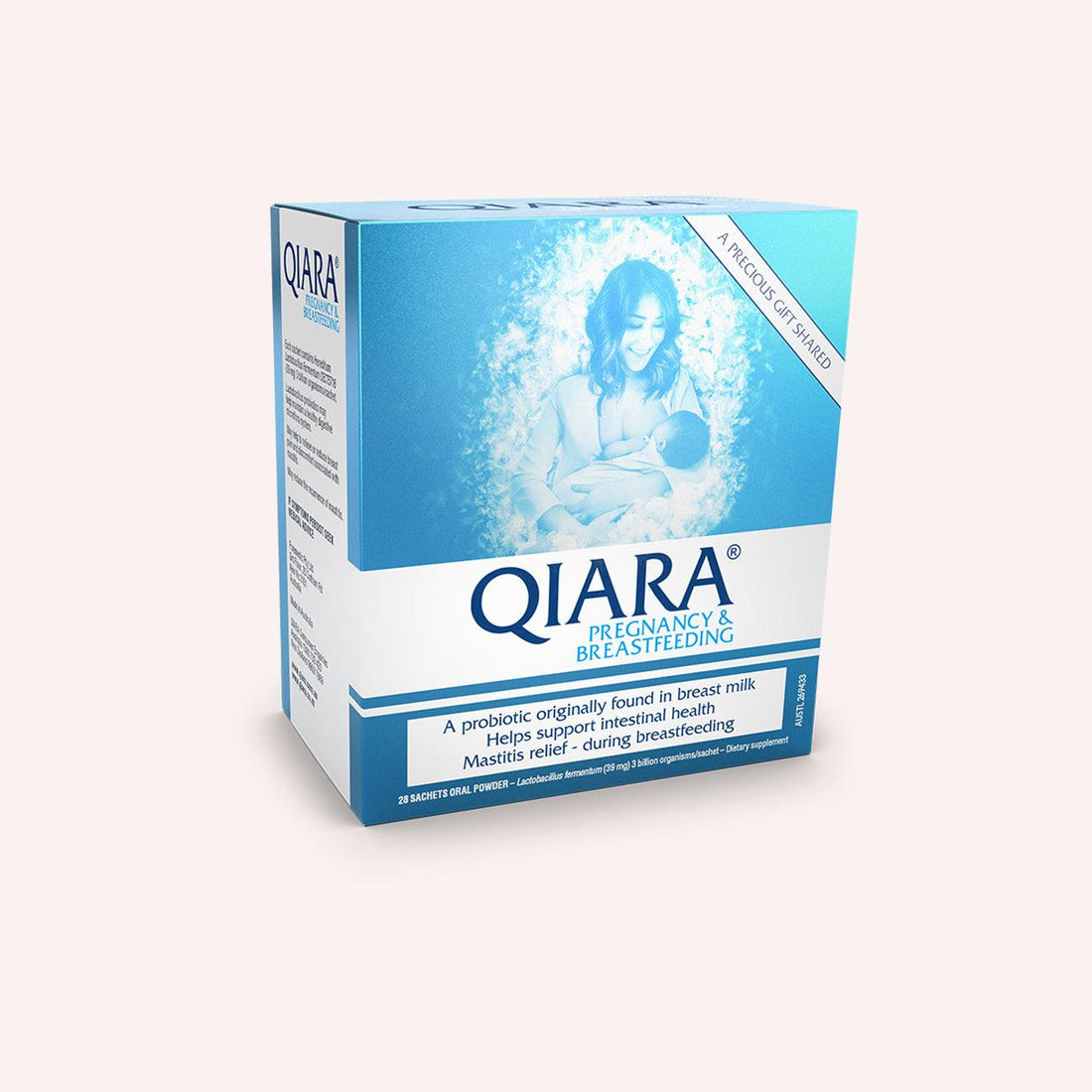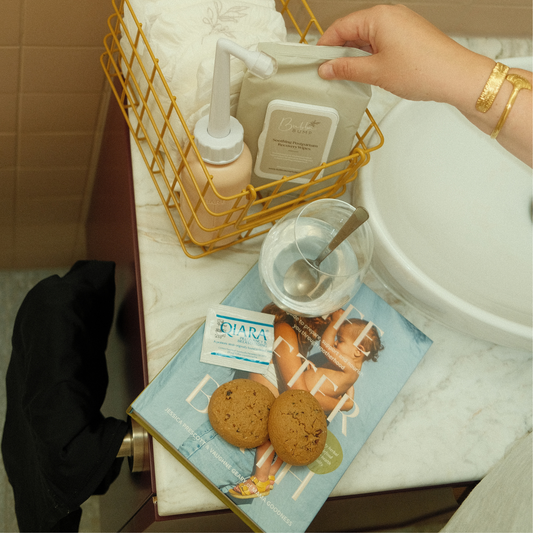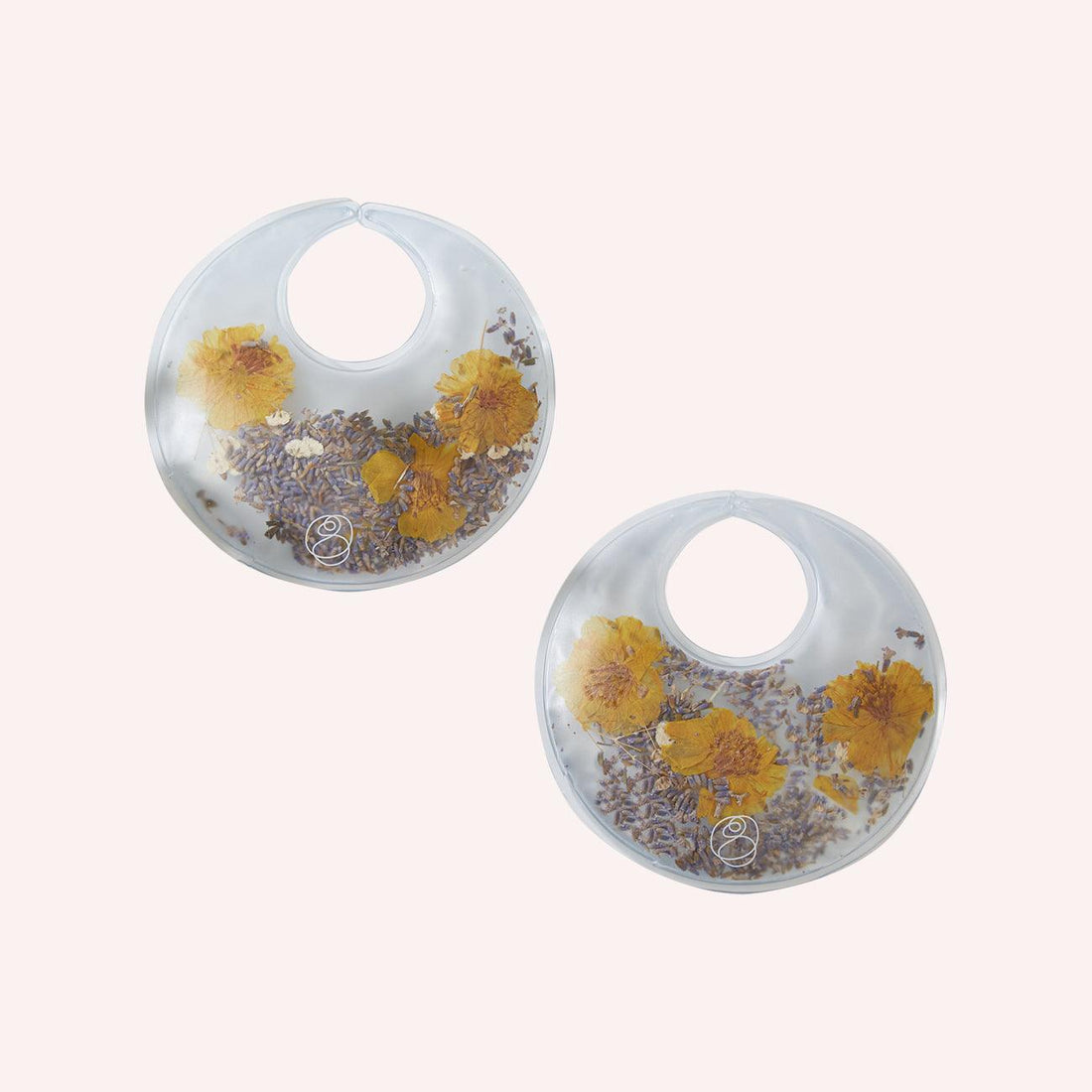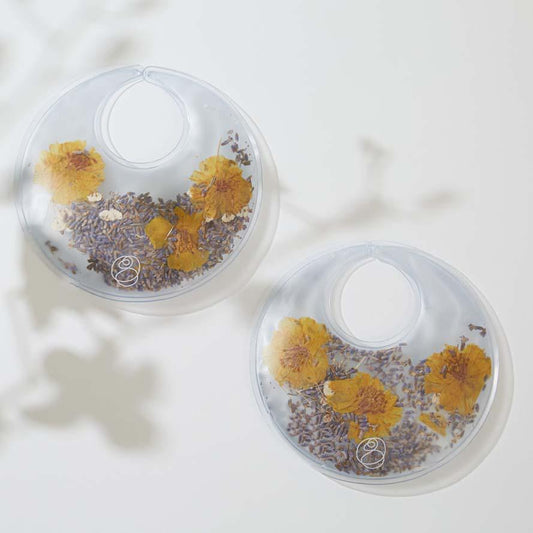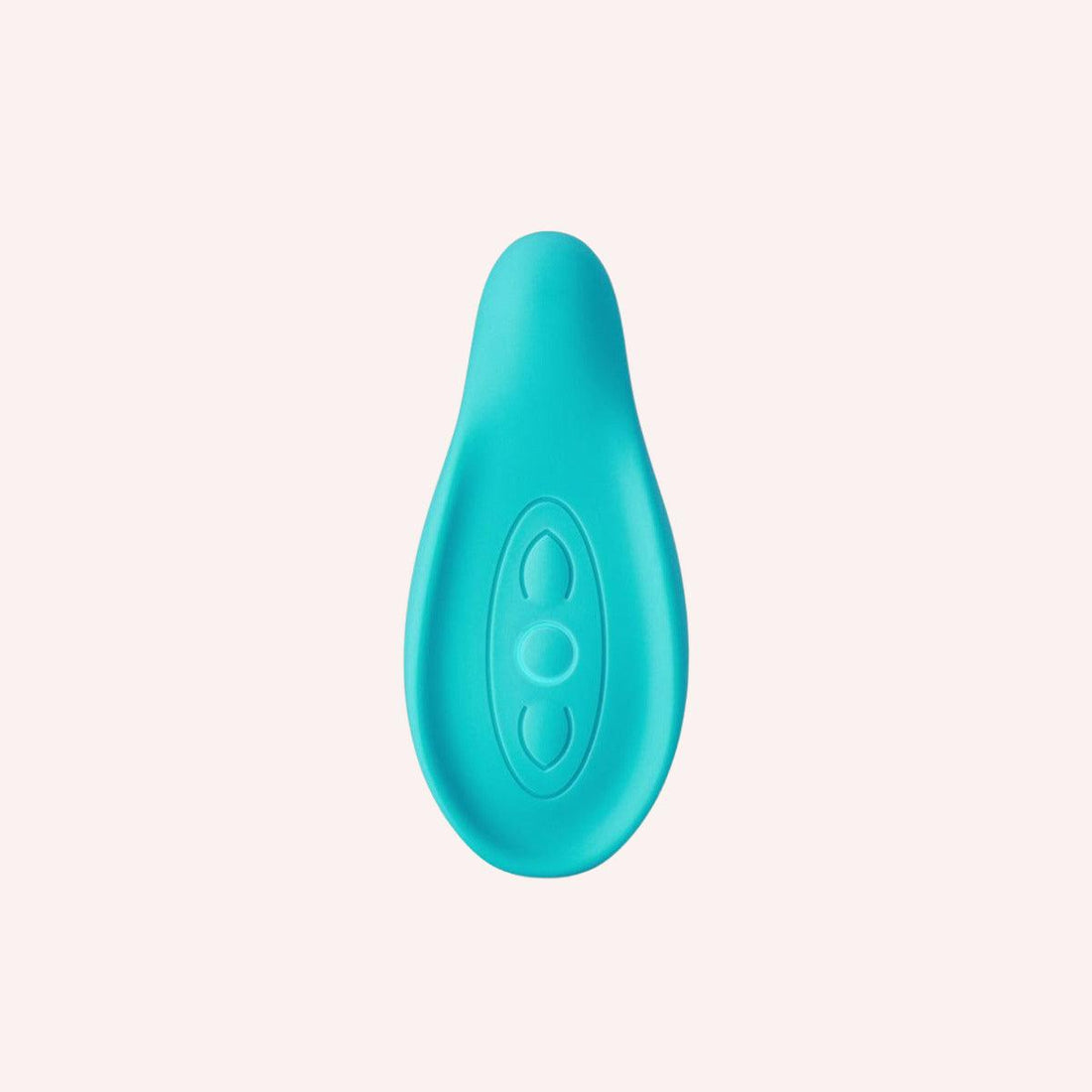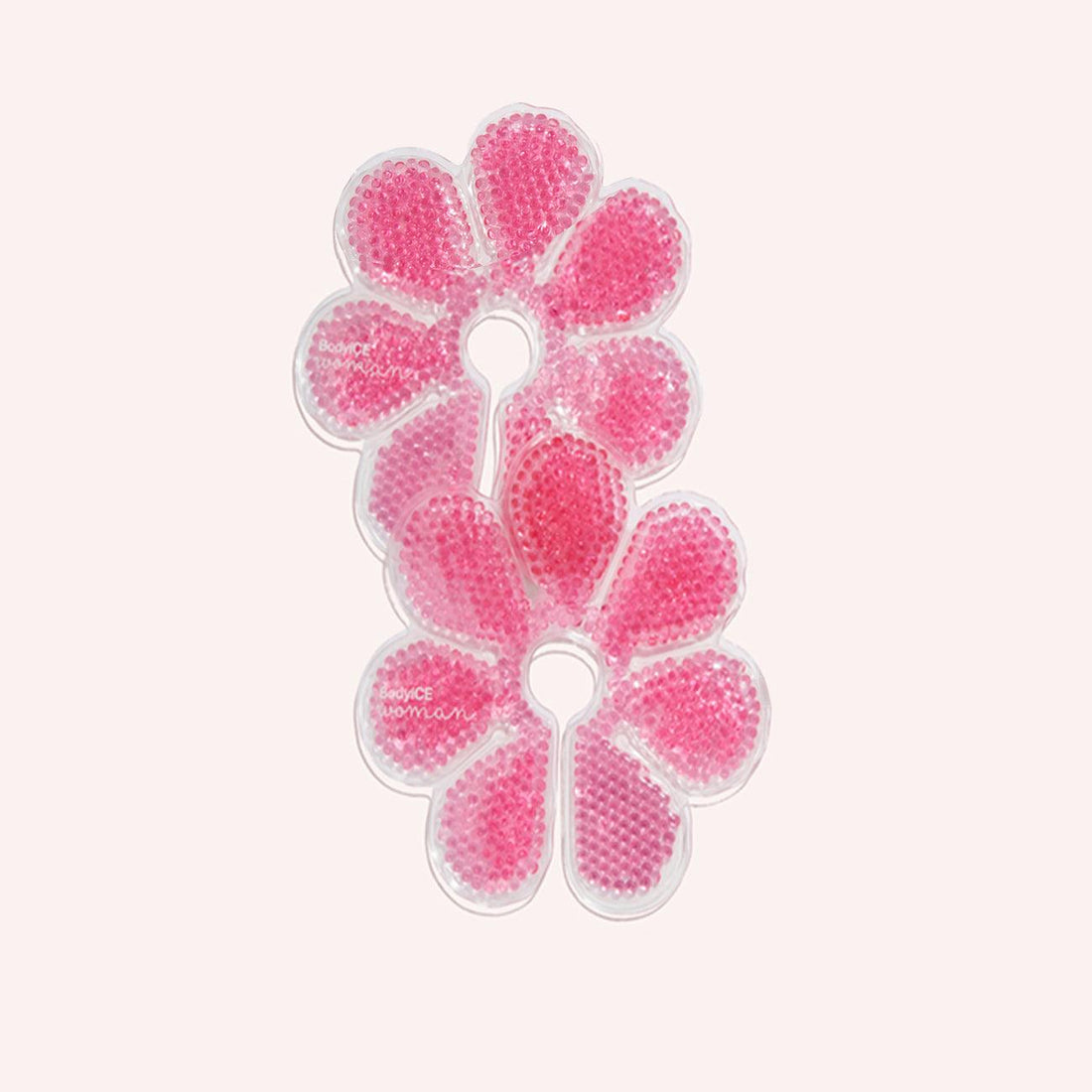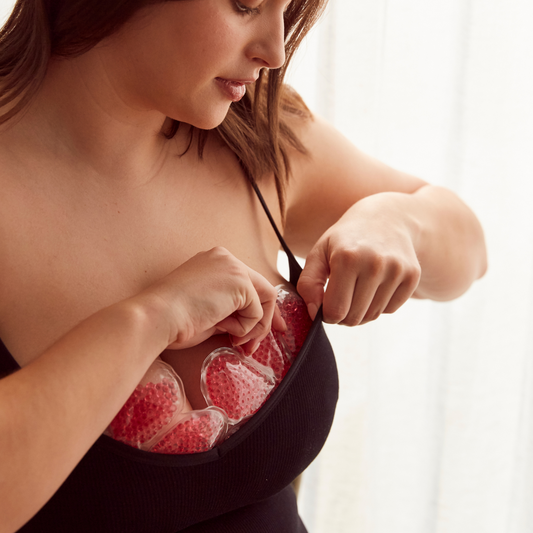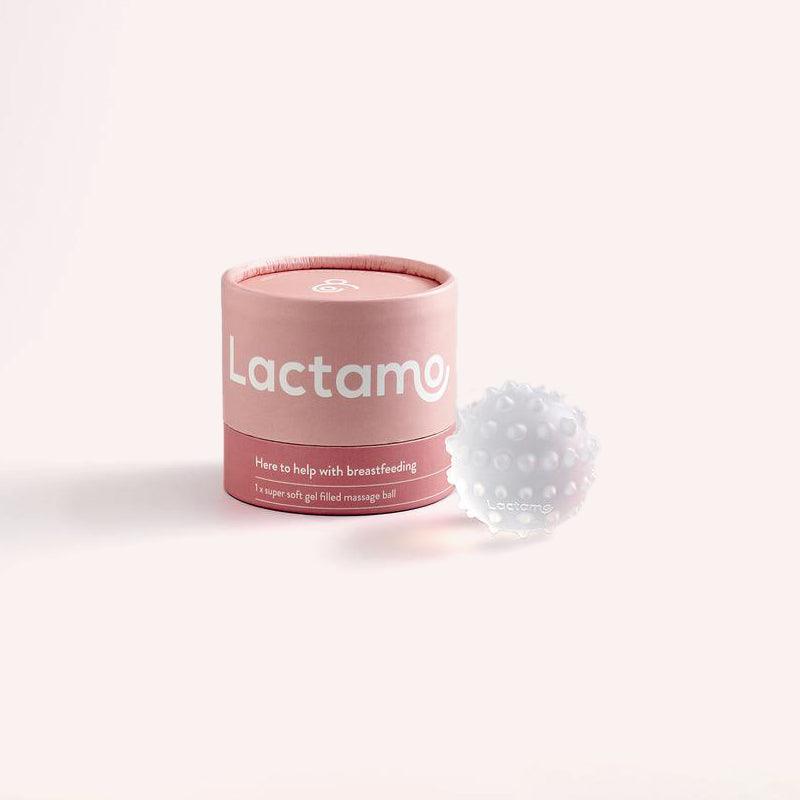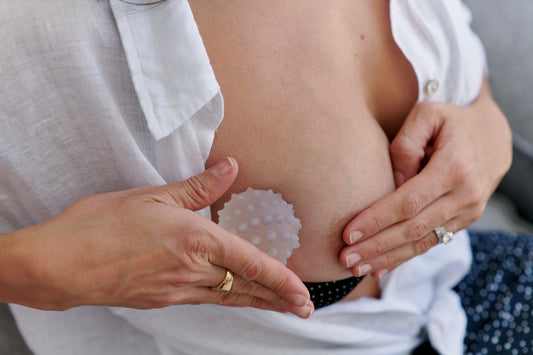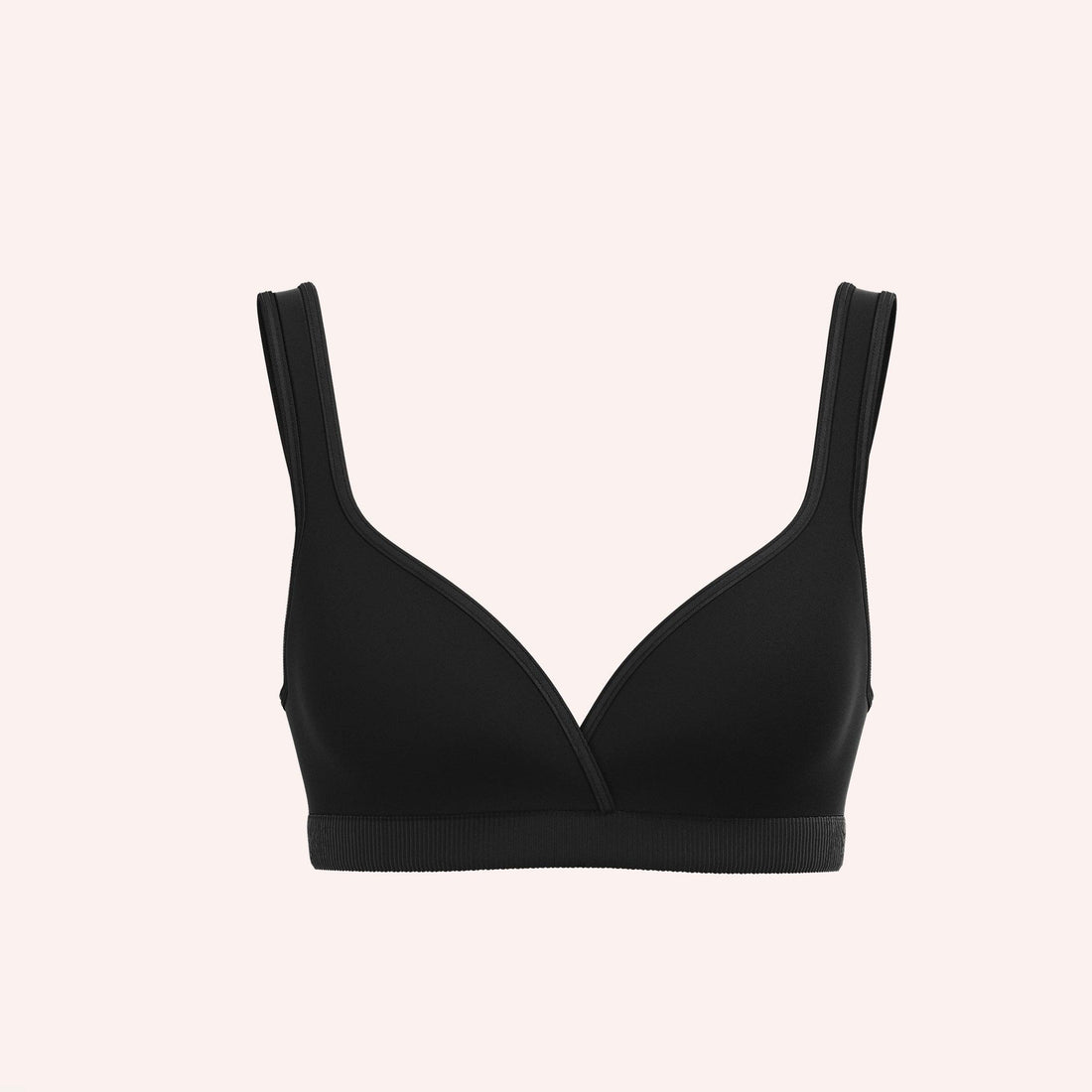Sore, cracked, damaged nipples
If your nipples have been through the ringer, feeling incredibly tender, cracked, pulled and sore, then the number one solution is of course, ensuring your baby’s latch is correct. The next best thing is Silverettes, incredible silver nursing cups, which you can wear immediately after giving birth for the first few weeks as a preventative measure, or to help relieve the damage. Because Silverettes are made from lightweight, medical-grade pure 925 sterling silver they are super-healing. Silver is naturally anti-inflammatory, antimicrobial, and has naturally cooling and healing properties. Use them for as long as you’re experiencing soreness.

Breast inflammation and mastitis
Breast inflammation and mastitis can be a common concern in breastfeeding parents. Breast inflammation feels like a tender, sore lump in the breast, which can occur when a milk duct does not drain properly. This causes inflammation of the surrounding tissue and can lead to mastitis if not treated carefully. One of the main causes of ‘poor draining’ from the breast is a sub-optimal latch. Making sure your baby’s latch is deep and comfortable with no pain after the initial first sucks is really important to ensure the breast gets emptied as best as it can. Overstimulating supply i.e. pumping too much too soon, or using a letdown catching device can also really drive up supply and demand, and this can leave residual milk lingering in the breast.
If you are experiencing inflammation, make sure your baby’s latch is effective and avoid pumping any extra milk. Rest, hydration, probiotics for immune support, and anti-inflammatories can be helpful to reduce the pain. You could also use cold therapy like the Lactamo or Body Ice Gel Ice Packs to soothe the inflammation. If this is not helping, seek the support of an experienced IBCLC or a GP IBCLC for possible antibiotics if symptoms don’t clear within 12-24 hours.
Mastitis is a big deal and it affects 20% of breastfeeding mothers. It has similar symptoms to breast inflammation but also can present as a potential fever, and flu-like symptoms like whole body chills, feeling tired and lethargic, exceptionally tender or warm boobs, and feeling generally unwell. As with inflammation, seek medical attention if symptoms persist.
To help give relief to inflammation and mastitis
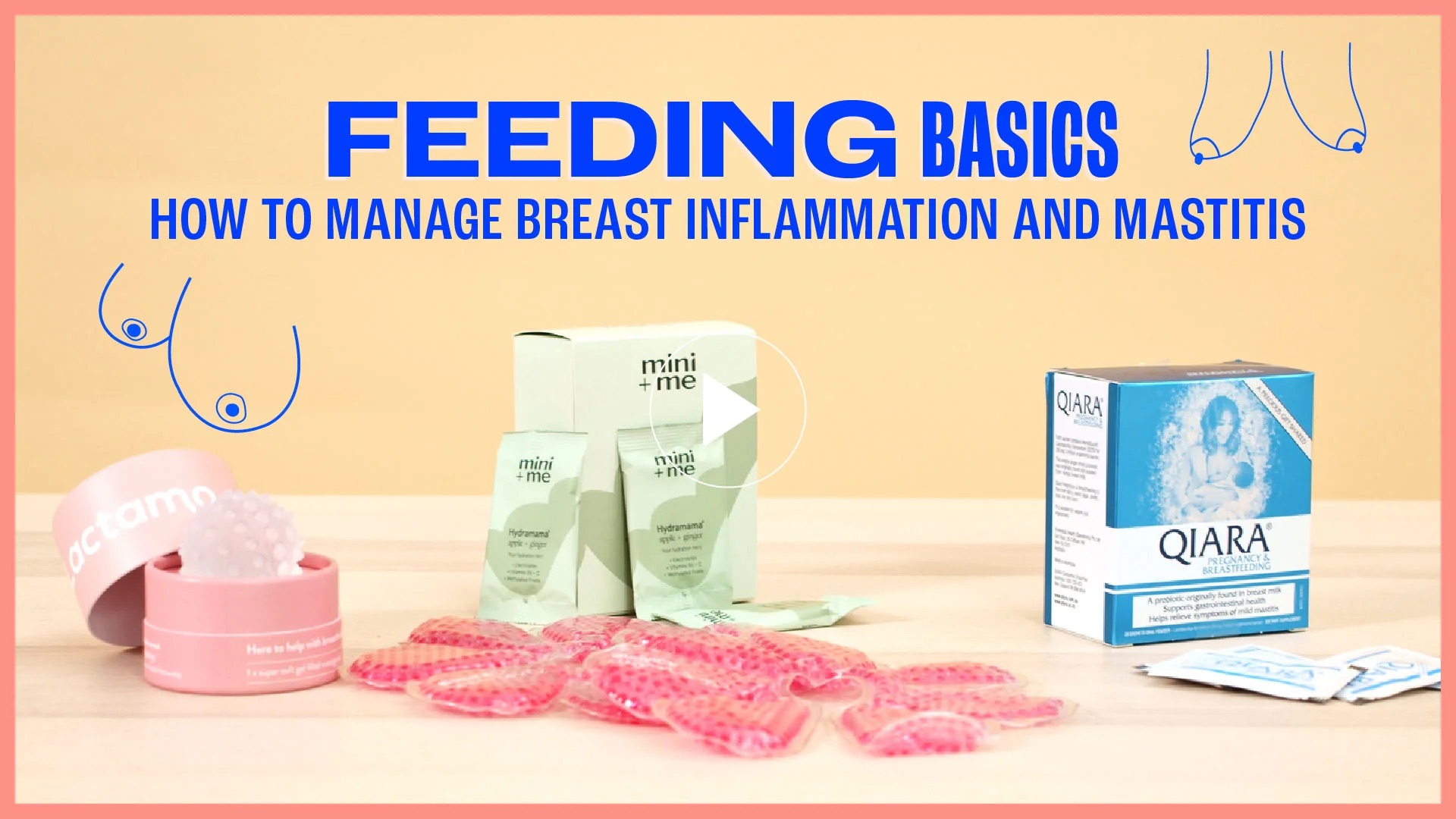
Nipple thrush
Nipple thrush is a fungal infection caused by the organism Candida albicans. Signs of nipple thrush include; itching, burning, exceptionally sensitive and/or if your nipples appear to be very pink or red. In some cases they may appear dry and flakey. If this sounds familiar, go to the GP for a hit of antibiotics. Don’t forget to ask your GP about probiotics to protect your gut health while you’re on the course.
Undersupply
For a variety of reasons some parents will find their milk supply is not meeting their baby’s demand. Some advice from Joelleen Winduss Paye (IBCLC) Lactation Consultant;
- Check the latch. If it’s not right, simply take your baby off, make any necessary changes (or consult your notes) and start over.
- Consider your hormonal history and make an appointment with your GP to discuss things like PCOS (Polycystic Ovary Syndrome), GDM (Gestational Diabetes Mellitus), or issues with your thyroid (such as hyperthyroidism or hypothyroidism) - all of which can delay or decrease your supply.
- Think back to your pregnancy. Did your breasts grow during the 9 months? If not or if you’re unsure - it’s best to seek advice from your GP.
- Talk to your GP, midwife or lactation consultant about supplement options, changes to your diet and/or medications which may help to provide a supply improvement.
Check out these products which could also help
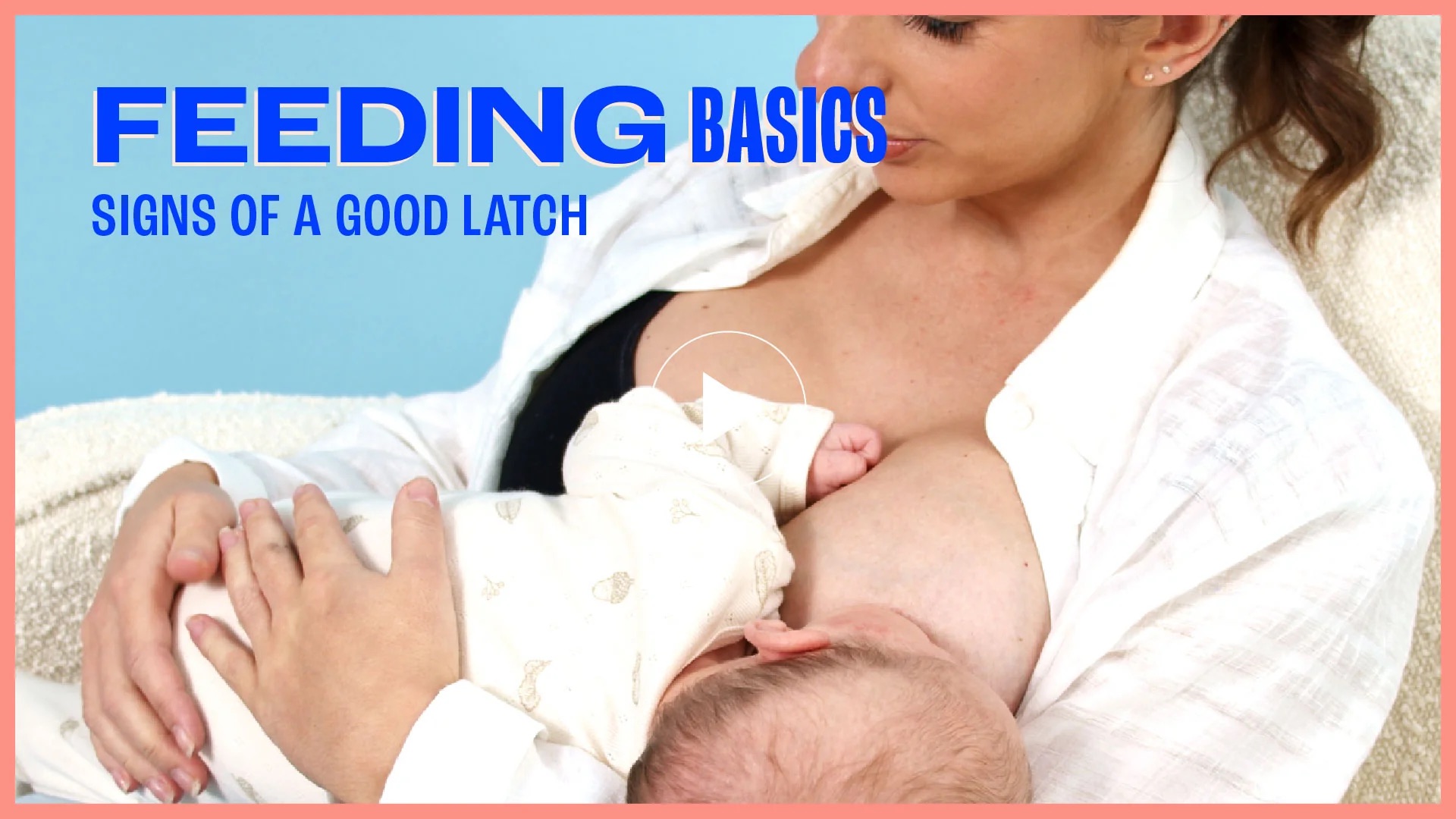
Oversupply
In contrast to undersupply, for a variety of reasons some new parents will experience an oversupply of milk. This can feel very uncomfortable, and/or you’ll notice your baby struggling to latch and comfortably swallow due to the fullness and firmness of your breasts.
An oversupply may also affect the pace at which your milk is expelled, especially the initial letdown (i.e. the first run of milk). Some top tips;
- Drain one breast well before moving onto the second breast, therefore leaving sometime in between. This may prompt your body to notice less of an urgency to ‘refill’.
- Recline backwards while feeding to help your baby feel stable and secure. Lying down can help your baby experience a greater sense of control. They can set the pace and lift their head up for a break should the flow be too fast.
- A full and fast flow can be hard to manage as the baby may be inclined to drink quickly, resulting in an upset tummy or wind post feed. Hand expressing the initial flow may help. Pop your baby back on when you notice a slower release which should result in a more comfortable feeding pace. Give your baby a good burp after each feed to prevent any discomfort.
Some products to help
